
Hitting the historic highlights
[caption id="BeyondtheBookshelf_img1" align="aligncenter" width="942"]
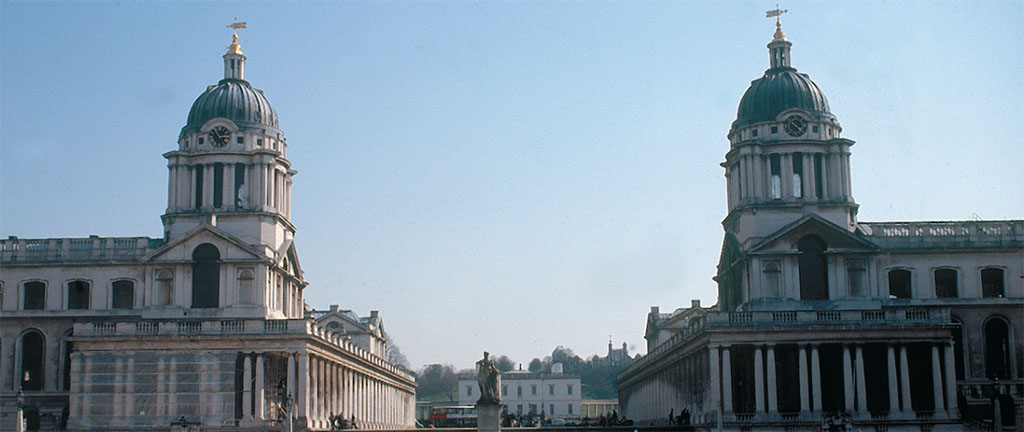
DANA HUNTLEY
TRAVEL GUIDE
[caption id="BeyondtheBookshelf_img2" align="alignright" width="1024"]
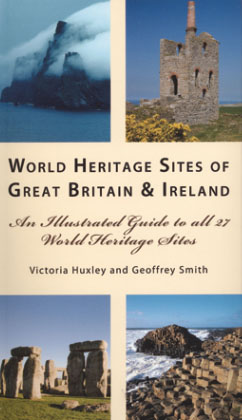
World Heritage Sites of Great Britain and Irelandby Victoria Huxley and Geoffrey Smith, Interlink Publishing, Northampton, Mass, 272 pages, soft cover, &doller;22.
FROM THE PREHISTORIC, stone circles of Orkney to Skellig Michael off Ireland’s southwestern coast, there are 27 sites in the British Isles that have been designated World Heritage Sites by UNESCO. It is certainly hard to argue with any inclusions in the compilation: Blenheim Palace, Old and New Town Edinburgh, Saltaire, Stonehenge, Ironbridge Gorge, the City of Bath, Edward I’s Welsh castles, Durham Cathedral and Kew Gardens, for instance.
Disparate as the list appears, what these World Heritage locales have in common, apart from their uniqueness, is their contribution to the historical record of human social and political development. Together they paint, as the book’s introduction notes, “&helif; an extraordinary picture of the cultural and economic development of the British Isles from Neolithic times right up to the 20th century.”
This is a handbook-sized, illustrated guide to each of the designated sites. The coated stock makes it easy to handle, and reproduces the superb photography brilliantly. Each of the entries begins by answering the question: Why is this a World Heritage Site? There are clear, well-written descriptions of key sites, and just the right few paragraphs of history. Comprehensive visitor information includes opening times, how to get there and suggestions of where to stay nearby, with contact information. There are interesting sidebars and helpful maps throughout.
Bookstore shelves groan under the weight of travel guides. This is a good one—an enjoyable and practical handbook of the “highlights” of the British Isles. It’s really all any discerning traveler would need to plan an extraordinary, informed travel adventure. Highly recommended for fun or active planning.
A lifelong love affair with England
SIR JOHN BETJEMAN (1906-1984) loved England passionately. That enthusiastic affection for the kaleidoscope of English countryside and kinship characterized his poetry, and led to his knighthood in 1969 and his appointment as Poet Laureate in 1972. Though best known as a poet, Betjeman was in fact a one-man campaign for the virtues and glories of England and its historic heritage.
John Betjeman was a familiar and beloved figure speaking on British television for a quarter century and wrote lovingly and prolifically on stately homes, market towns, country churches, seaside resorts, industrial landscapes, abbeys and castles, architectural preservation and more. His bibliography includes more than two dozen books on ecclesiastical architecture, Victoriana and sundry heritage topics.
Now, Stephen Games has culled the transcripts and the pages to find a trove of self-contained passages of Betjeman’s that capture both the writer’s love and his homey, yet, elegant descriptive narrative. It doesn’t take the reader too many pages into this modest volume to conclude, “At last. Here’s the person with whom I want to travel around England.” The result is a Betjeman commonplace book, laced with snippets of poetry and dialogue, lightly dusted with scholarly observation and metaphor, sprinkled with good nature and detailed observation.
It wouldn’t be accurate to catalog Betjeman’s England as either a travel book or non-fiction literature. In fact, though, Games pulls together a book that captures the best of both. A lovely read for Anglophiles of all descriptions.
BOOK
Betjeman’s England
[caption id="BeyondtheBookshelf_img3" align="alignright" width="259"]
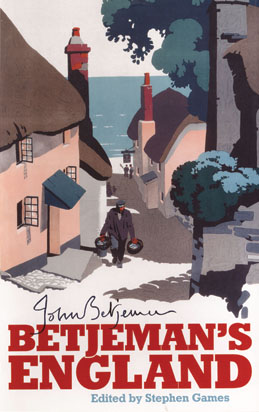
by John Betjeman and edited by Stephen Games, John Murray, London, 320 pages, hardcover, &doller;32.95.
A treasure trove in hand and print
THE BRITISH LIBRARY
Euston Road, St. Pancras, London
IT IS PROBABLY inevitable that London visitors generally pass by the British Library as a sightseeing destination in favor of more high-profile city sites. The national library of the United Kingdom, and one of the great libraries of the world is, however, also one of the greatest free shows in London.
Anchoring the revival of the St. Pancras neighborhood, the British Library opened in 1997 on Euston Road, next to what is now the new Eurail gateway at St. Pancras Station. Housing the main collection of more than 25 million books and millions more journals, maps, drawings and such (though there are several off-site depositaries), the contemporary red-brick complex was also the largest public building constructed in Britain in the 20th century. It is a repository library, archiving virtually every book published in the UK and in the Republic of Ireland, and accessing more than three million items a year.
At its center, the metaphoric and architectural heart of the building is The King’s Library, four stories of glass casing displaying the 65,000-volume collection of King George III. Accumulated between 1763 and 1820, George III’s collection became the basis for the British Library. Formerly part of the British Museum, the library has been institutionally independent since 1973.
Spread over the library’s six levels, the Reading Rooms are highly specialized, such as those devoted to Asian and African Studies, Maps, Rare Books and Music, Science and Manuscripts. Of course, you don’t just waltz into the library’s reading rooms without being vetted. Any reader needs to register with absolute ID and a legitimate academic purpose. No pens, highlighters, coats, sharp implements, drinks or cameras will pass the entrance inspection.
[caption id="BeyondtheBookshelf_img4" align="aligncenter" width="1024"]
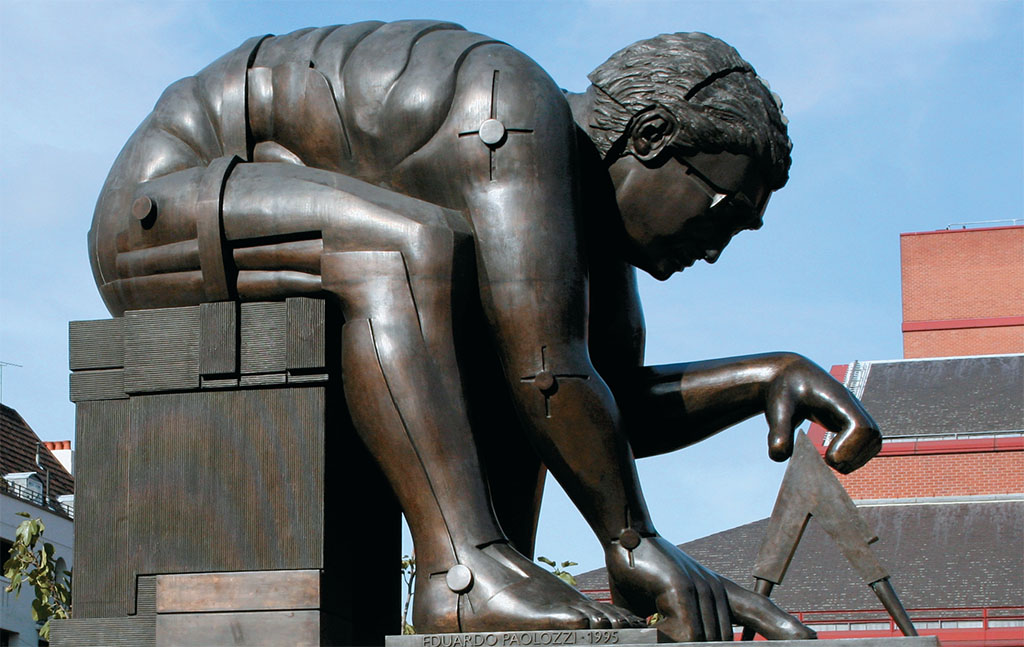
DANA HUNTLY
The Sir John Ritblat Gallery is the mother lode for visitors. Displaying “Treasures of the British Library,” the gallery showcases, for instance, the beautiful, sole-surviving 13th-century manuscript of “Sir Gawain and the Green Knight,” John Milton’s commonplace book, the holograph manuscripts of Jane Austen’s Persuasion, Thomas Hardy’s Tess of the D’Urbervilles, Alice in Wonderland and the original scores of Handel’s Messiah and Ravel’s Bolero. More recently, there’s Paul McCartney’s scribbled lyrics to “Yesterday,” and going back a way, they have the Lindisfarne Gospels, and the 5th-century Codex Sinaiticus and Codex Alexandrinous—the earliest existing manuscripts of the complete Greek New Testament. Then, there’s the Magna Carta, bits and bobs of Leonardo da Vinci, Galileo, Samuel Johnson and much more.
[caption id="BeyondtheBookshelf_img5" align="aligncenter" width="1024"]
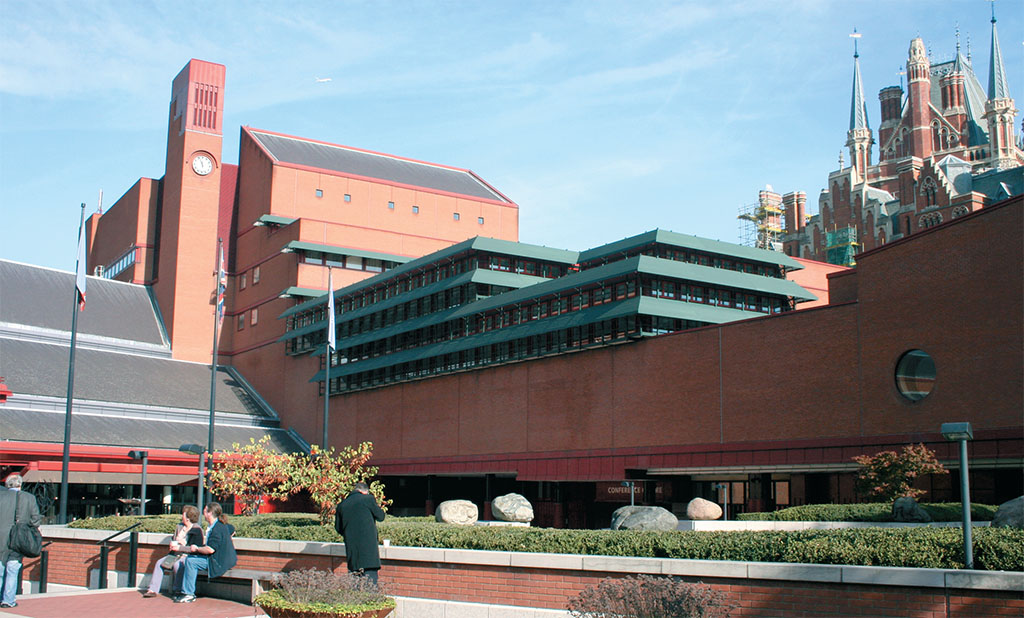
DANA HUNTLY
In the Folio Society Gallery, changing exhibitions allow the library to display treasures of the collection that generally lie out of public view. I loved this past autumn’s presentation of T.S. Eliot, the publisher—illustrating Eliot’s influence on 20th-century literature and his relationship with writers such as Marianne Moore, W.H. Auden and Ted Hughes. This spring features exhibitions on the Rubaiyat of Omar Kayyam and composer Frederic Chopin. The light and spacious entrance hall showcases changing exhibitions as well. There’s a well-above-average café, complete with secluded outdoor courtyard, as well as a more formal restaurant. The outdoor piazza offers yet another café, and plenty of space to stretch out and do a bit of inspired reading in the sun.
The British Library is open to visitors daily from 9:30 a.m. to 5 p.m. The admission fee is simply your desire to visit.
[caption id="BeyondtheBookshelf_img6" align="aligncenter" width="1024"]
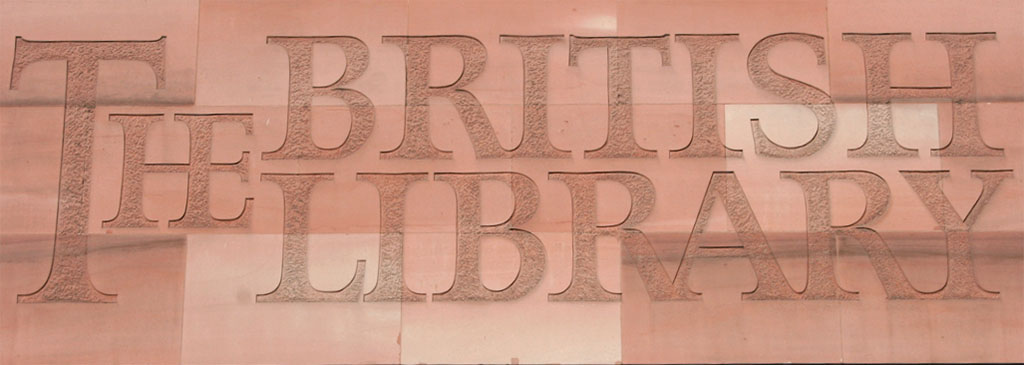
DANA HUNTLY
[caption id="BeyondtheBookshelf_img7" align="aligncenter" width="1024"]
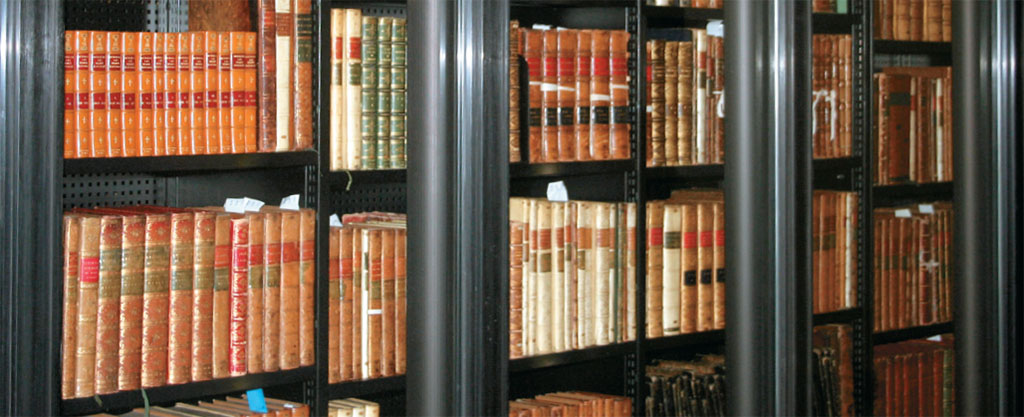
DANA HUNTLY
[caption id="BeyondtheBookshelf_img8" align="aligncenter" width="1024"]
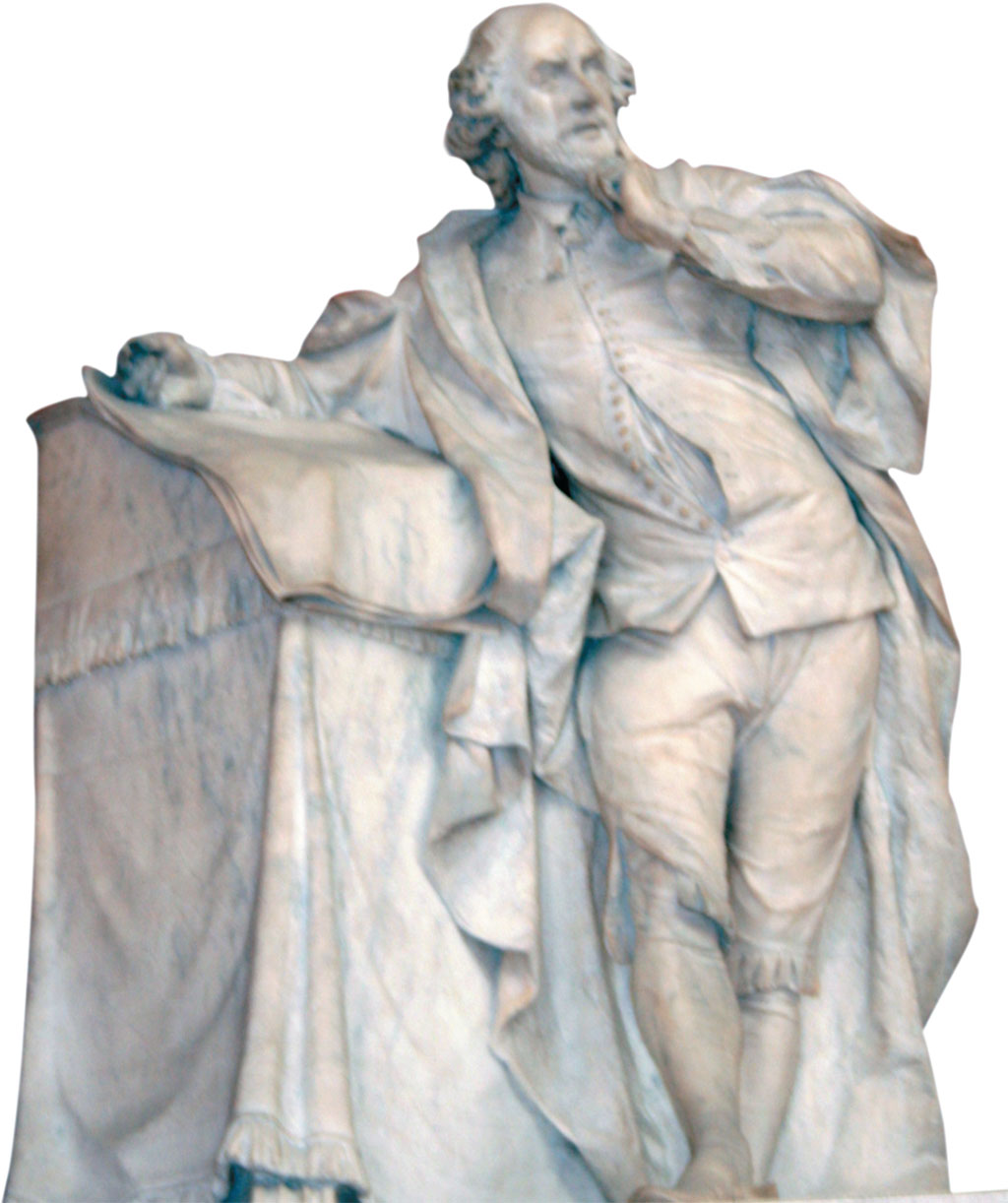
DANA HUNTLY
Do you want to know a secret?
BOOK
[caption id="BeyondtheBookshelf_img9" align="alignright" width="267"]
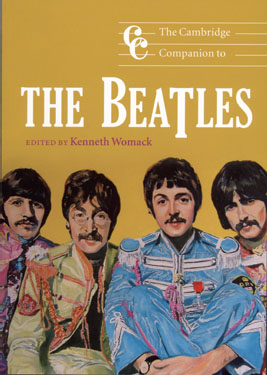
The Cambridge Companion to the Beatles, edited by Kenneth Womack,Cambridge University Press,Cambridge, 316 pages, softcover, &doller;23.99.
THE CREATION of the Beatles, the musical influences on the group, their cultural significance, and, most of all, the Beatles’ music making: this new addition to the Cambridge Companion series covers all the bases.
This volume is not simply another fan compendium written for readers of Rolling Stone or Cosmopolitan. Kenneth Womack has compiled a collection of serious essays from academics and scholars across several disciplines. There are detailed biographical and album analyses, of course. And there are interesting expansive readings of Beatles’ music.
Most significant, however, is the collection’s focus on the Beatles as a cultural phenomenon and reflection on their age. With almost a half century of history, the group’s enduring musical legacy and social impact continues to be unique. Sheila Whiteley’s essay “The Beatles as zeitgeist” is a particularly fascinating read—at least for folks with enough years on them to remember the Beatles as an intricate part of what we recall as the 60s. The Spirit of the Times, indeed, though, as Whiteley points out, the Beatles reflect more what we remember ourselves to be, rather than what we were.
Gary Burns’ piece “Beatles news: product line extensions and the rock canon”gives a new perspective on the Beatles’ influence as well, spreading across the multimedia of popular culture.
The Cambridge Companion to the Beatles is well organized into three parts covering the background, works and history and influence of the famed Liverpool group. To be fair, the book is designed to be suitable as a college text—in a popular culture or 60s course or such. No air of academic dust, however, clutters the readability of these essays. For serious Beatles fans, and for those of us who are amateur social scientists with a whiff of nostalgia, this is as close to must-read as we are apt to find.
Emeril meets Inspector Morse, in the kitchen
DVD
[caption id="BeyondtheBookshelf_img10" align="alignright" width="229"]
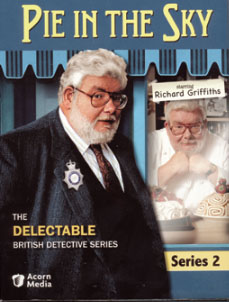
Pie in the Sky, 3-disc boxed set, Acorn Media, Silver Springs, Md., app. 492 minutes, &doller;49.99.
HERE’S A tasty British detective series of a different flavor entirely—the detective would rather be a chef. In fact, police detective Henry Crabbe, played by great character actor Richard Griffiths, cooks in his own rising restaurant, Pie in the Sky.
Crabbe is semi-retired, and reluctantly keeps his hand-in policing to help his boss, Asst. Chief Constable Fisher on those particularly tricky cases.
Meanwhile, Crabbe’s accountant wife, Margaret, finds Crabbe’s new career as a restaurateur to be the dodgy bit. She knows new restaurants are a risky business at best. So, the normally unflappable Crabbe juggles Chilean Sea Bass, cagey criminals and one lovable crab. It’s all very English and much fun.
For lovers of British mysteries, Pie in the Sky really is a change of pace. There is a good deal of gentle humor in the stories and neither the filming nor the characters take themselves too seriously. Instead of film noir, Pie is mystery lite.
The culinary motif that takes us into a serious kitchen with gastronomic aspirations is a leavening agent as well. If we were going to cast an American version of the series, you would think of Emeril Lagasse in the role.
Five series have been aired on the BBC featuring Crabbe’s adventures. This three-disk set includes all 10 episodes from Pie in the Sky’s second series. No, Pie and its hero are not as serious as Holmes, Lynley or Morse, but they offer up just as satisfying a slice of English life.
DVD
Midsomer Murders: Barnaby’s Casebook,
[caption id="BeyondtheBookshelf_img11" align="alignright" width="268"]
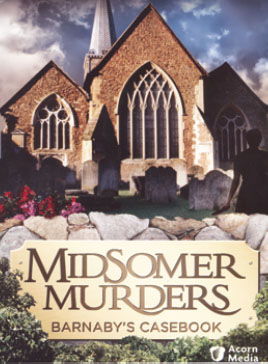
19-disc boxed set, Acorn Media, Silver Springs, Md., app. 28 hours, &doller;149.99.
Murder most genial in tidy Midsomer
YES, who knows what evil lurks behind the well-trimmed hedges of Midsomer County?
As the title of this popular series suggests, the answer all too often is: murder. Among the best-selling series of Acorn Media’s excellent DVD collection of British videos, Midsomer Murders has a loyal and enthusiastic following on both sides of the Atlantic. It’s reported, in fact, that even The Queen is a devoted fan. It is not hard to understand why.
As a genre, British murder mysteries are so popular largely because, in the end, the world is set to rights. In that sense, they are comedies instead of tragedies; while in the “real” world, so much of life seems so tragic.
The detective hero in Midsomer Murders is the wry, sympathetic DCI Tom Barnaby, lovingly portrayed by John Nettles. Unlike Agatha Christie’s Hercule Poirot or Miss Marple, though, the Midsomer chief inspector is not the real star. That honor belongs to the fictional Midsomer County, a mythic incarnation of tidy (and highly photogenic) Middle England presumably set somewhere in the Home Counties and inhabited by quintessentially English characters.
The contemporary mysteries themselves, 17 in this large collection, are more complex and messier than Christie’s straightforward narratives. There is no way the viewer could follow the detective to the denouement and identify the murderer. But the outcome is the same: harmony, peace and justice are restored to Middle England. And that’s a very comforting message these days.
Midsomer Murders isn’t a new series. DCI Barnaby has been the calming face of the Midsomer constabulary since 1997, with more than 65 feature-length episodes over the years. This new set compiles the best of several seasons. It is superbly acted and filmed, and a great joy to watch. And everything turns out right in the end.





Comments